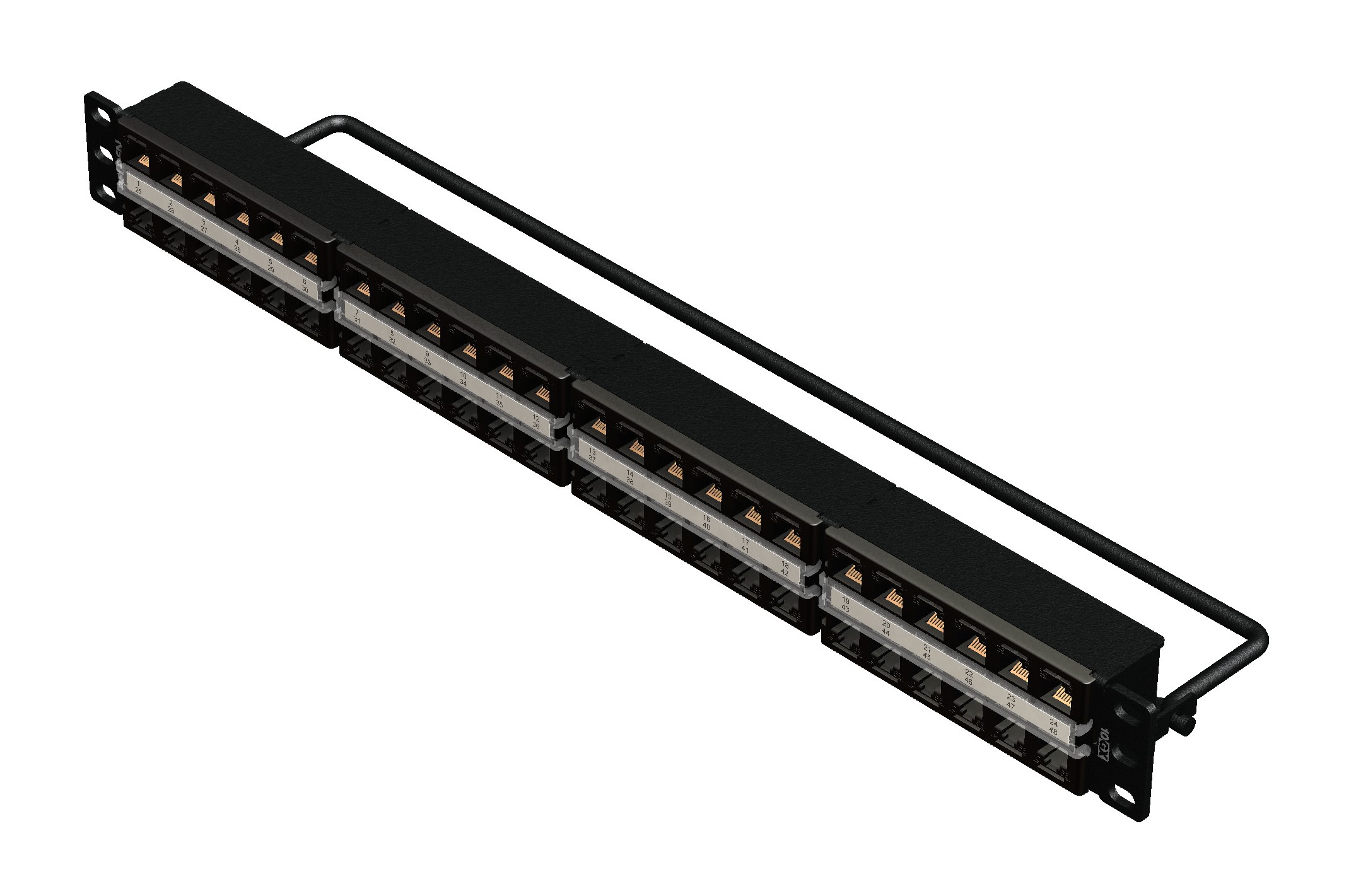Fitting More Category 6A Connectivity into Less Space
We’re in the middle of a massive shift to wireless connectivity. More and more projects involving Wi-Fi 6 and Wi-Fi 6E are rolling out to support faster speeds and less interference.
While this transition was already happening prior to 2020, the pandemic only intensified these efforts. Last year, for example, WiFi Forward says overall Wi-Fi traffic increased by 80%. Many networks saw an increase of up to 300% in videoconferencing services to support remote work and distance learning. And we don’t expect these numbers to go down … only up.
As Wi-Fi changes to support higher bandwidth, it will also require more density (a.k.a. more copper connections). Additional access points will be necessary for reliable connectivity, which means more Category 6A cables will be needed to span from equipment to end devices.
When it comes to this densification, we all face the same challenge: Buildings can’t magically produce larger riser or telecom rooms to accommodate it.
Consider a typical office telecommunications closet, for example: It may house some phone or voice lines and a rack for a switch, carrier equipment and copper connections. In the past, fewer than 24 connections was considered standard. Today, however, we’re seeing more than 24 connections going into these spaces—without any additional room.
Adding to this challenge is the fact that building owners aren’t excited about dedicating additional square footage to these areas. No one wants to use valuable space to house passive equipment like patch panels. You come out ahead by dedicating as much space as possible to active equipment instead: switches, servers, and storage. And this dilemma is only going to increase. The more devices deployed in a smart building—from building controls and automation systems to high-definition surveillance cameras and PoE LED lighting—the more wire and connection points you’ll need.
As we continue to fill telecommunications spaces with more connectivity, it becomes more difficult to terminate panels from the back, which is how many systems work. So not only are these spaces often hot, dirty and dimly lit, but it also becomes a struggle to complete things like quick moves, adds and changes.
What’s the answer to supporting growing numbers of connections in spaces that aren’t getting any bigger? To put it simply, we have to make it work by fitting more ports into that same amount of space.
High-density patch panels can help increase port density in racks and cabinets. When searching for a high-density patch panel, we recommend the following:
- Availability in preloaded or empty panels. Preloaded patch panels provide fully assembled components right out of the box while empty panels support futureproofing; they can slowly be built out as needed.
- Easy to label. The last thing you need is for labels to fade or fall off (which defeats their purpose).
- Fast termination from the front or rear to make access much easier. Front-access termination offers easy assembly and service in cabinets and live equipment racks.
These impending densification challenges were the inspiration behind Belden’s new REVConnect® High-Density Category 6A Patch Panel, which offers the features we mentioned above. The patch panel supports 48 ports in 1 RU of space—twice as many as most patch panels.
It’s the only high-density Category 6A patch panel of its kind that comes preloaded and has front-access jacks or front-access termination availability, allowing cables to be cut to length and bundle at that same length for a neat and tidy installation. (The patch panel is available in Category 5e and Category 6 options as well.)

Because it’s part of the REVConnect family, the patch panel utilizes REVConnect’s simple termination process: one process, one tool and one set of core components to perform any RJ45 connectorization. The patch panel is quick and easy to install—regardless of experience level.
It also utilizes Belden’s simple, customizable LabelFlex labeling system and color-coded icons so cables stay organized. Each label is designed to fit on the component you need to label, and you complete label creation and printing before heading to the jobsite.
The more connectivity we can help you fit into a data center or telecommunications closet, the less money you spend—and the more space you save. Learn more about Belden’s new REVConnect High-Density Category 6A Patch Panel here (preloaded) or here (empty).
![System.String[]](https://assets.belden.com/transform/bb122937-3445-46ba-a286-a3d7d874274d/josh-goyke-370x330?io=transform:fill,width:300,height:300)